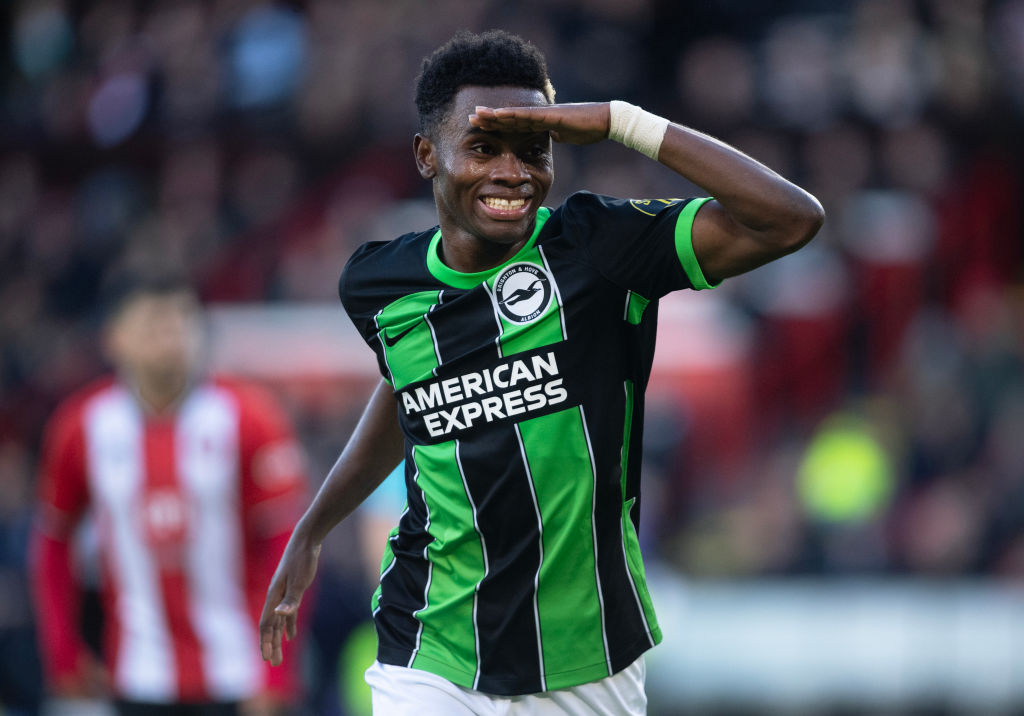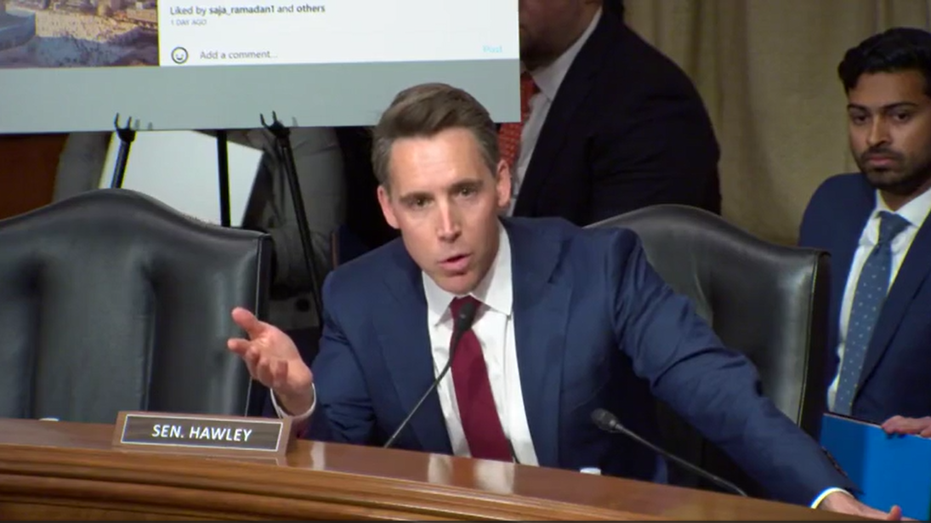Money gave the Premier League power. Multi-club ownership has secured it
Clubs are increasingly part of a wider network of shared owners.


The rise of multi-club ownership and how it has helped English teams to consolidate their dominant position in world football.
At the end of the 2012-13 season, clubs in the English Football League sought to put an end to a loophole seen as a threat to competition.
After Watford were taken over by the Pozzo family in 2012, the club signed 10 players from Udinese, another club they owned. Watford reached the Championship play-off final that season, losing to Crystal Palace.
At around the same time, Chelsea were busy sending youngsters to Vitesse Arnhem to get game time, loaning out a total of 29 players over the course of Roman Abramovich’s ownership. Reports have since shown that the Russian oligarch was funding the Dutch club.
By voting to limit the number of loanees which could be included in a matchday squad, clubs in English football mistakenly thought they had fixed a problem which then did not have a name.
Eleven years later, multi-club ownership is everywhere in global football. And, as the International Centre for Sports Studies (CIES) shows, English football’s top sides are leading the way.
A report published this month shows that 14 clubs in the Premier League are part of a multi-club ownership structure – more than any other league in Europe.
The EFL Championship has nine teams in multi-club ownership groups, bucking a continent-wide 29 per cent decline in investments in such groups, the CIES said.
Not all of these groups acquire clubs for the purposes of swapping players. In the case of Red Bull, for example, spreading the brand across Germany, Austria and Brazil can boost sales for an energy drink.



